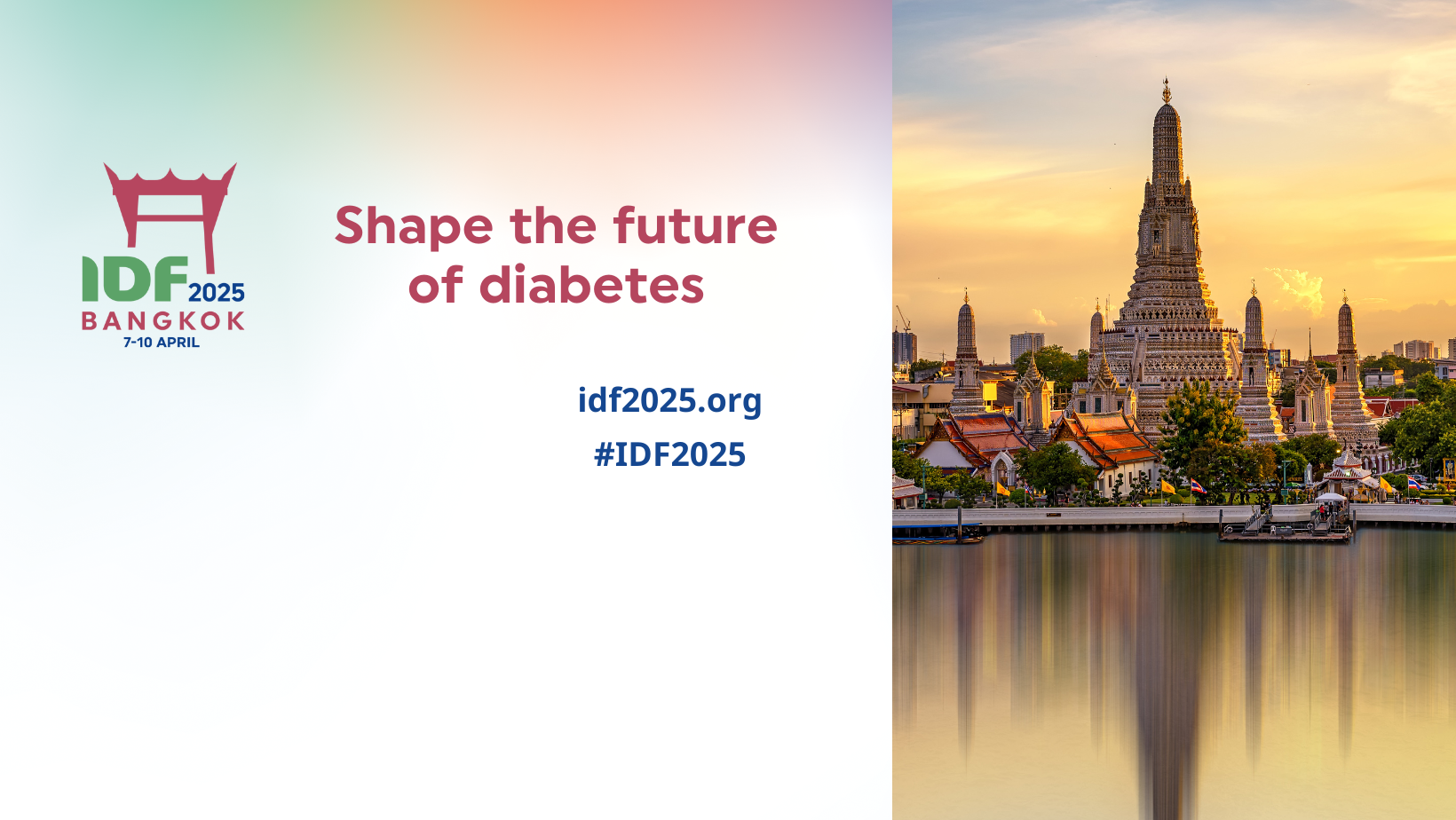
In most countries, especially in South Asia, the burden of diabetes and obesity has increased in past few decades. Anjana RM, presented a session at IDF World Diabetes Congress 2025 from 7th -10th April 2025 in Bangkok.
In South Asians, type 2 diabetes tends to develop at least 10 years earlier and at significantly lower BMI levels compared to White Europeans. The South Asian Phenotype is correlated with several factors such as lower age at onset of T2DM, Hyperinsulinemia, reduced beta cell function and insulin deficiency, lower BMI but excess ectopic fat, etc. Asian Indians T2DM patients showed much higher insulin resistance (IR) than Europeans. Phenotype in south Asians is present from birth with high levels of insulin and leptin since birth can lead to low vitamin B12 level. South Asian men and women appear to store more ectopic fat in the liver than White Europeans counterparts with similar BMI.
South Asians had low insulin secretion at all ages than other population of the world. 2020 INSPIRED study reported that the coexistence of insulin deficiency and IR seems to be peculiar to the Asian Indian population. Higher consumption of white rice is associated with an increased risk of incident diabetes with the strongest association being observed in South Asia where rice intake was highest. The partitioned polygenic scores (pPS) confirmed the beta-cell dysfunction in South Asians. South Asians secrets more insulin and are more likely to become insulin deficient compared to White Europeans. It is possible that South Asians whose diets require high insulin productions develop beta-cell exhaustion earlier.
Conclusion:

